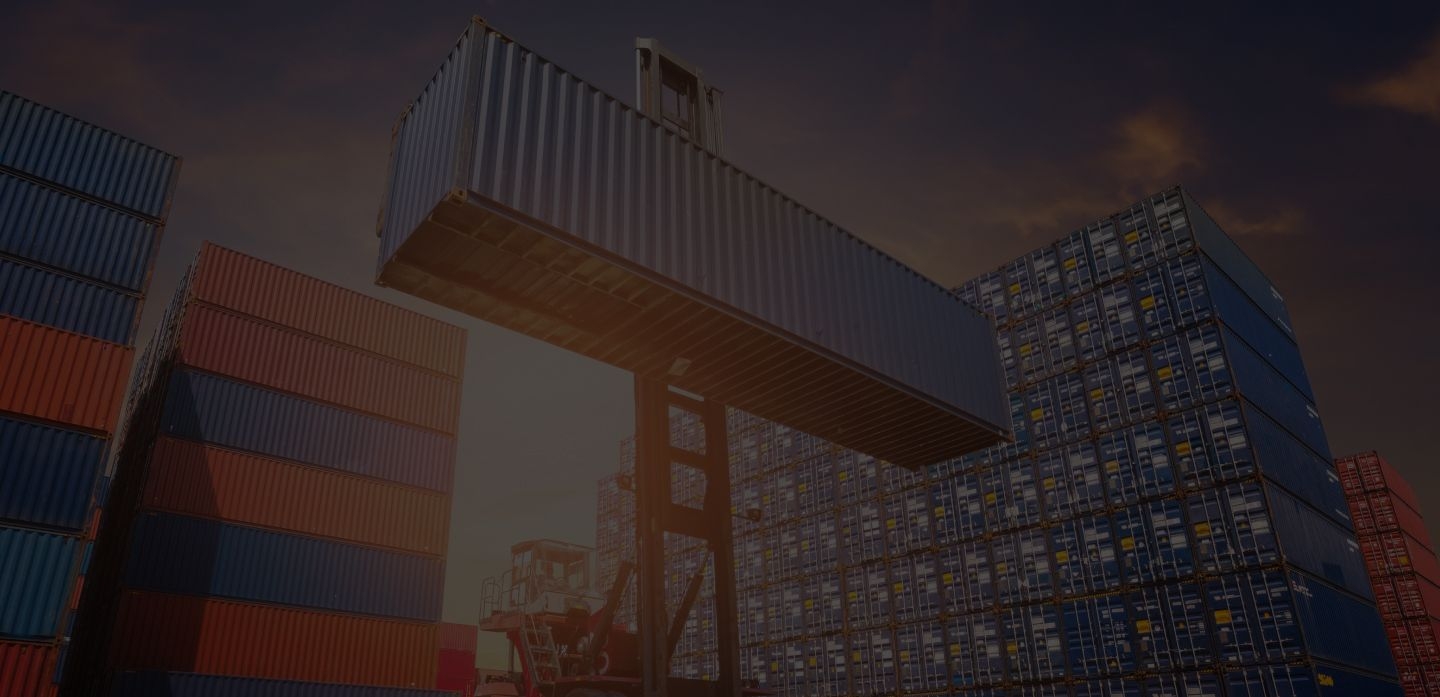
Container Shipping to Vancouver — Get Instant Quotes



Ship a Container to Vancouver — Get Instant Quotes
Canada’s biggest Pacific gateway has bounced back to pre-pandemic growth: the Port of Vancouver handled 3.47 million TEU in 2024, an 11 % year-on-year jump and just shy of the record 3.5 million mark. (container-news.com) With four deep-sea terminals now upgraded and DP World’s Centerm expansion complete, berth space and equipment are plentiful even in peak season.
Why Choose iContainers for Shipping to Vancouver?
- Mega-hub capacity, rail-car speed. Port on-dock tracks feed 60-plus CN & CPKC stack-trains a week, getting boxes to Toronto, Chicago or Winnipeg in < 96 h.
- Seamless digital paperwork. Our platform auto-calculates Canada’s 5 % GST and typical 0 – 8 % duty, and files eManifest / ACI data, so CBSA release is friction-free.
- Green inland option. Vancouver now moves the largest share of Canadian maritime boxes by rail, cutting CO₂ and drayage costs compared with truck-only gateways. (ajot.com)
- Air-freight fallback. Vancouver International (YVR) moved 348 000 t of cargo in 2024, with daily wide-body lift that trims door-to-door to 3 – 5 days when speed beats cost. (railgateway.ca)
Our Container Shipping Services to Vancouver
Full Container Load (FCL)
Retailers, auto suppliers and forest-product importers land sealed 20′, 40′, 40′HC and reefers at Centerm, Deltaport, Vanterm or DP World Fraser Surrey, keeping per-unit costs low and cargo under seal straight to inland rail hubs.
Less-than-Container Load (LCL)
SMEs, Amazon-CA sellers and cross-border e-commerce brands ship < 15 m³ on weekly LCL consolidations devanned in bonded depots at Annacis Island—typically 40 – 60 % cheaper than paying for unused FCL space.
Popular shipping modes:
- FCL rules high-volume electronics, lumber and grocery lanes.
- LCL demand is soaring for boutique fashion, bike parts and “just-enough” tech inventory.
Major ports / airport served: Centerm • Deltaport • Vanterm | air via YVR.
Typical cargo: Consumer electronics, forest products, auto parts, wine & spirits.
Transit-time snapshots:
- Shanghai → Vancouver: fastest loop ≈ 15 days port-to-port.
- Rotterdam → Vancouver: published routes ≈ 16 – 18 days with one Pacific trans-ship.
Country-specific challenges / opportunities:
- Winter storms in the Rockies can slow rail by 24–48 h—build buffer days November–February.
- Ongoing truck-driver shortages around Lower Mainland make on-dock rail the safer bet for inland moves.
Alternative option: Air freight via YVR trims door-to-door to 3–5 days for high-value electronics, pharma or AOG parts.
Container shipping rates to Vancouver
How much does it cost to ship a container to Vancouver?
How Long Does It Take to Ship a Container to Vancouver?
- East Asia → Vancouver: 15 – 22 days port-to-port
- North Europe → Vancouver: 16 – 25 days via one Pacific trans-ship
- US West Coast → Vancouver: 3 – 7 days coastal service
- Air freight via YVR: 3 – 5 days door-to-door
Popular Routes and Inland Connections
- Asia–Pacific loops (COSCO, ONE, Maersk) call Vancouver weekly after Shanghai, Ningbo or Busan.
- North-Europe services route via Tacoma/Seattle before the final hop.
- CN & CPKC rail shuttles move boxes to Calgary, Edmonton, Toronto and Chicago within 4 days, beating road dwell and chassis queues.
Steps to Book Your Container Shipment with iContainers
- Quote — enter origin, destination and cargo specs for an instant rate.
- Upload documents — commercial invoice, packing list & HS codes (ACI data auto-filed).
- Book & pay securely online.
- Track vessel, rail and customs milestones in real time.
- Clear — pay duty (0 – 8 %) + 5 % GST and release your box.
- Deliver — arrange final-mile truck or rail to warehouse, FTZ or Amazon-CA FC.
What Can You Ship in a Container to Vancouver?
| Common commodities | Restricted / Prohibited |
|---|---|
| Electronics & appliances | Counterfeit brands |
| Forest products & paper | Endangered timber species |
| Wine, spirits & food ingredients | Meat/dairy without CFIA permits |
| Auto parts & machinery | Hazardous waste lacking ECCC permit |
FAQs About Shipping Containers to Vancouver
Most industrial goods clear at 0 – 8 % customs duty plus 5 % GST on the CIF value.
Yes—below 15 m³ you avoid paying for unused FCL space, usually saving 40 – 60 %.
Not mandatory, but strongly recommended—add door-to-door cover at checkout.
Reserve space 6 – 8 weeks ahead of October imports to buffer for winter rail slowdowns and Q4 GRIs.